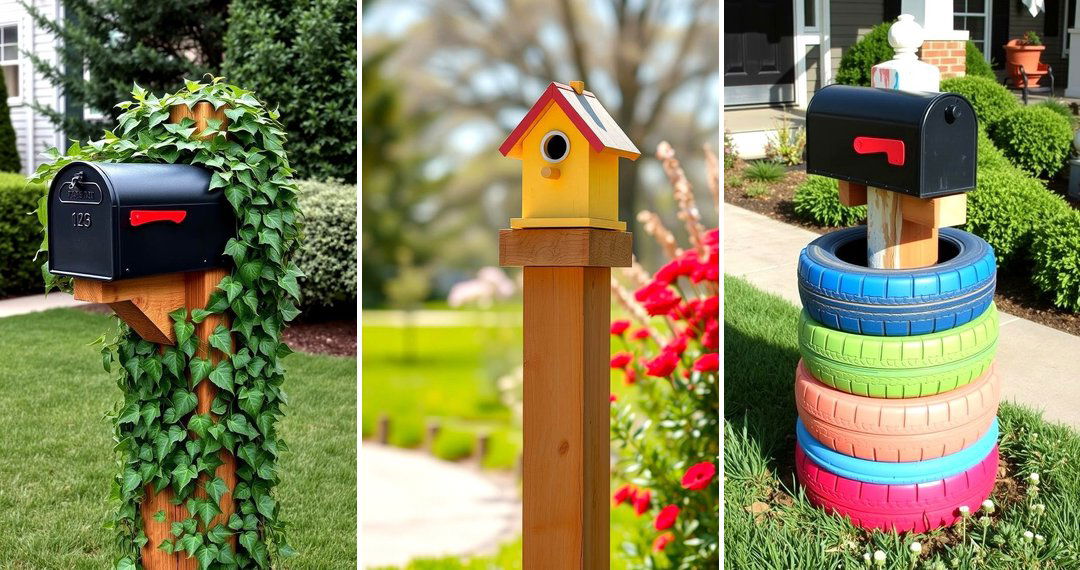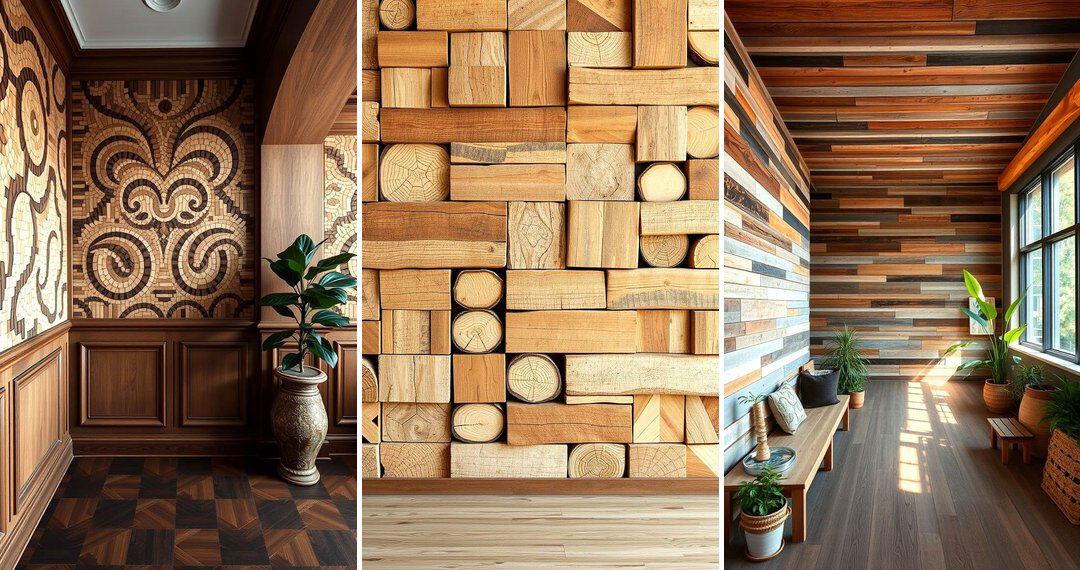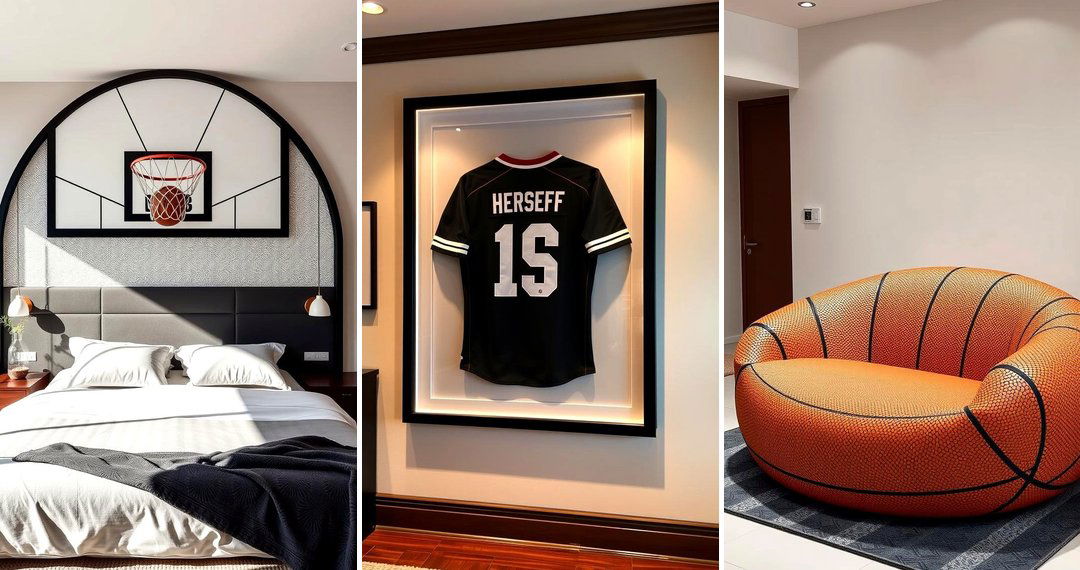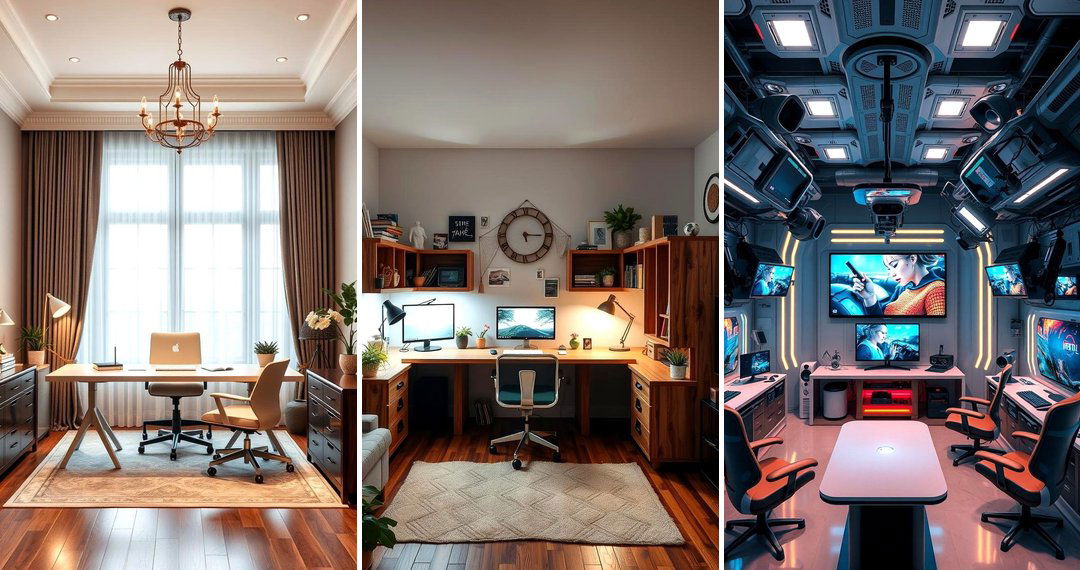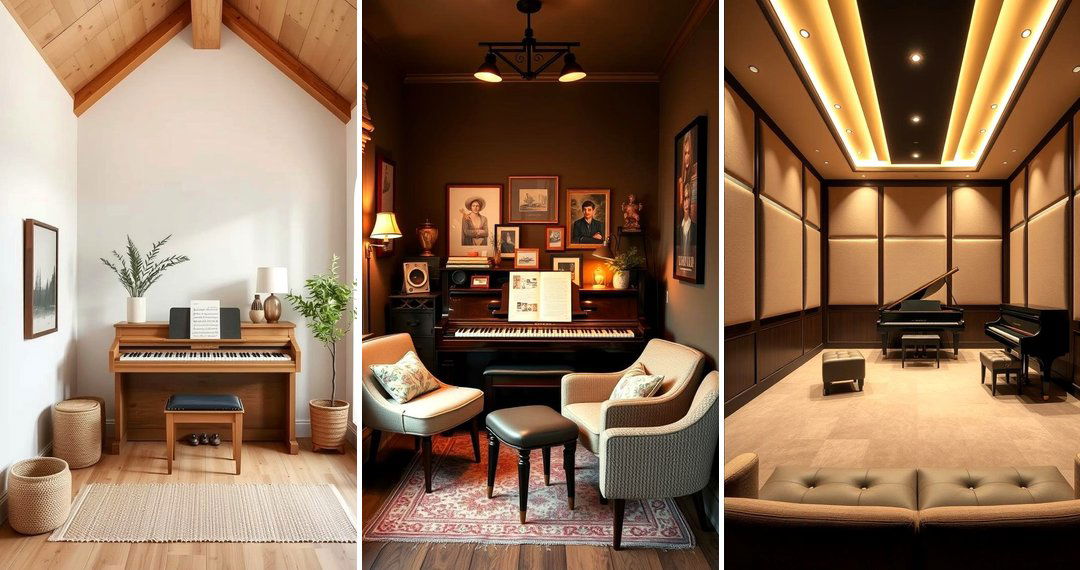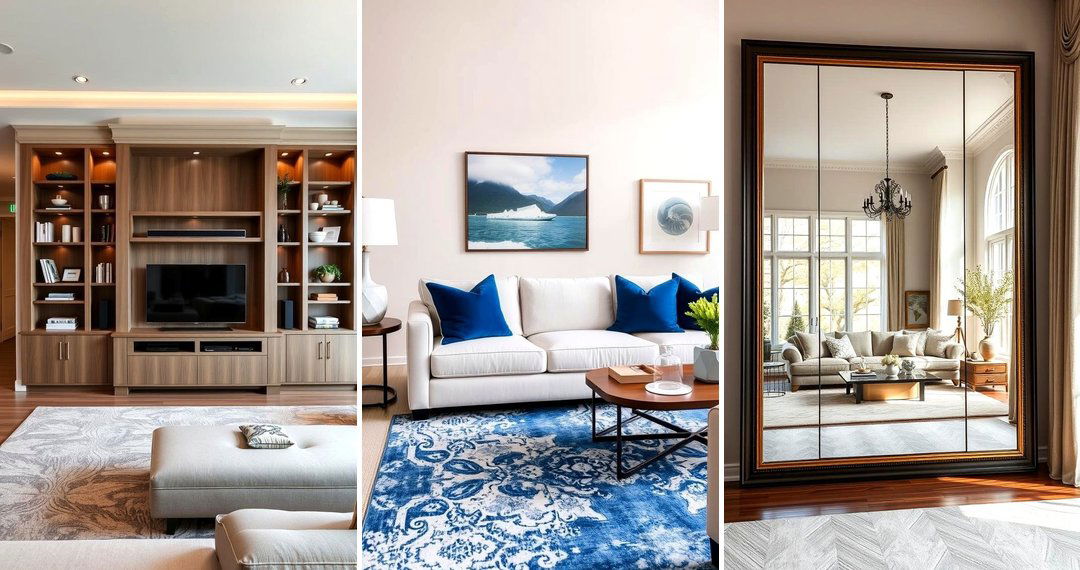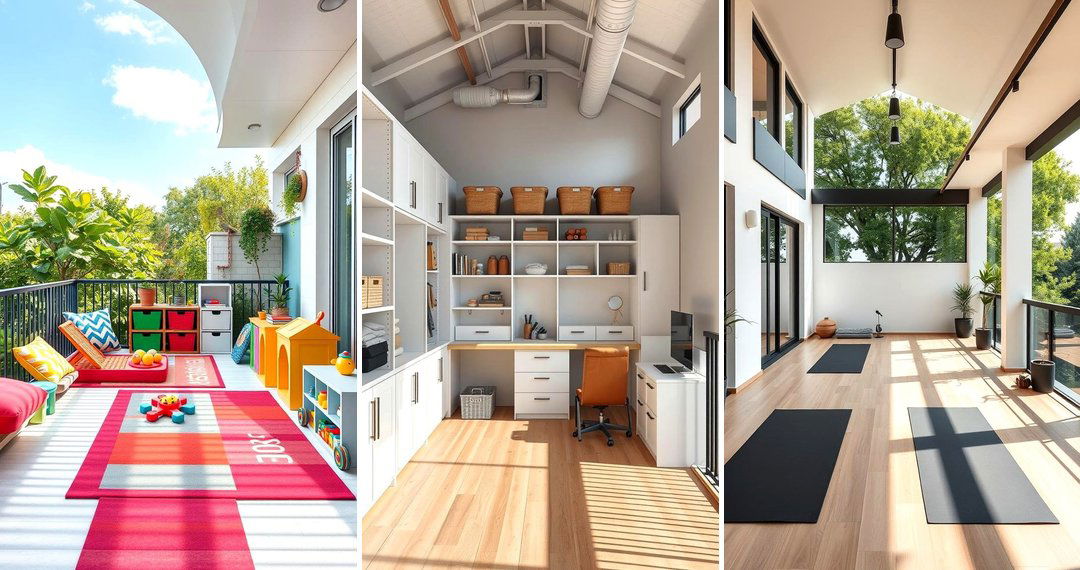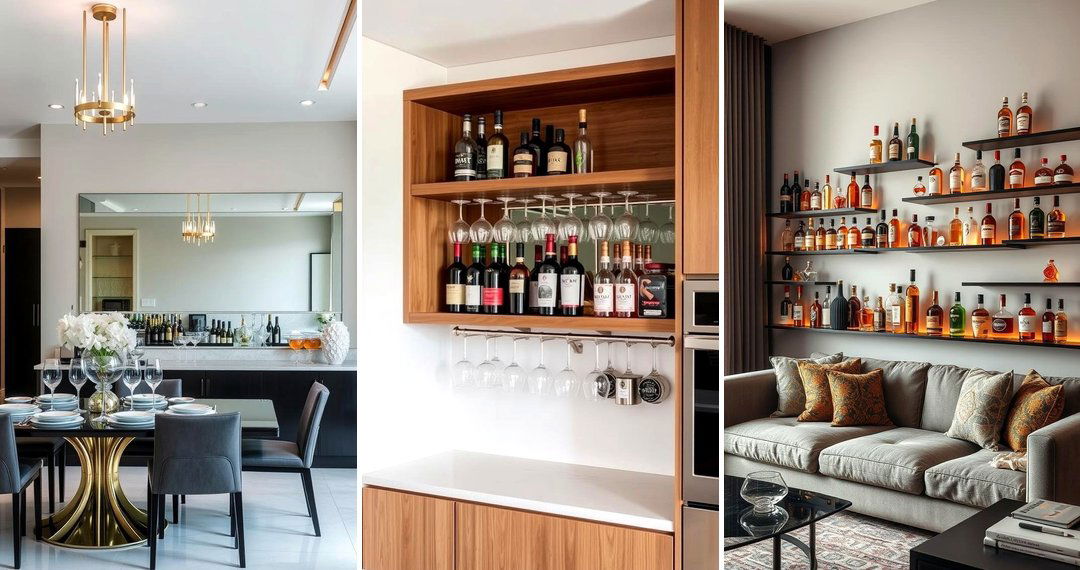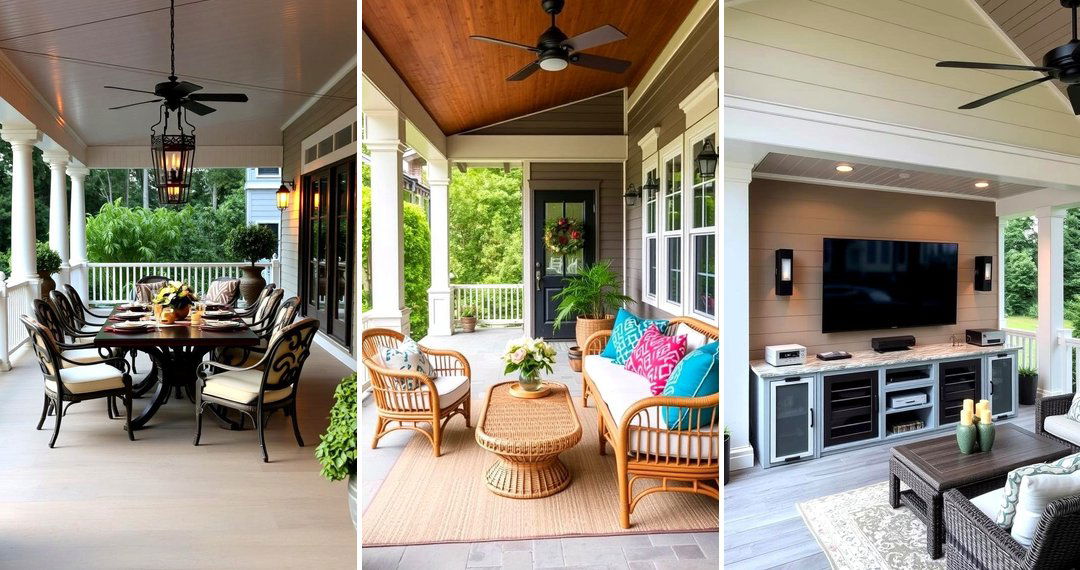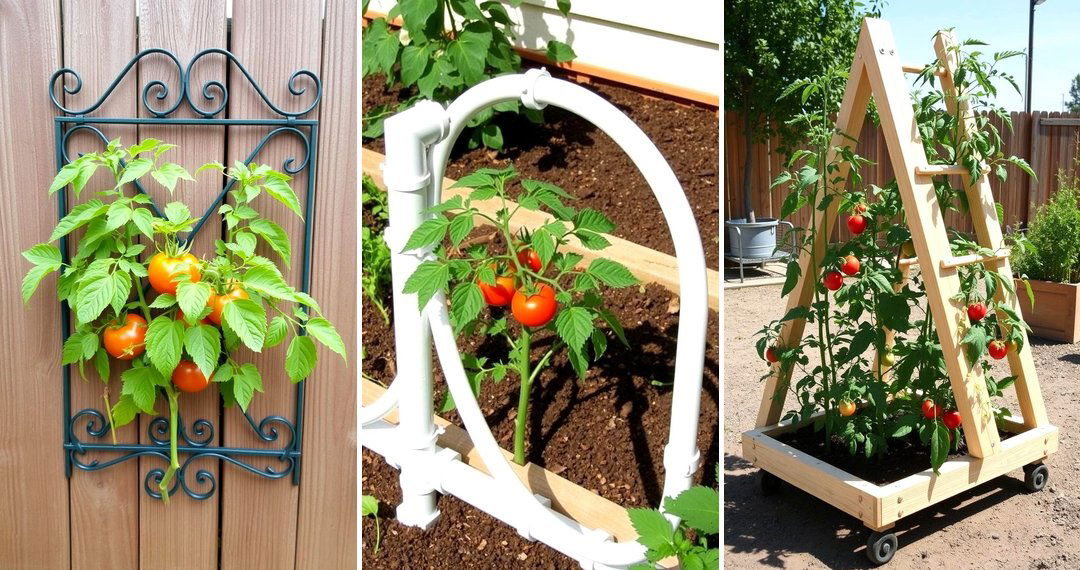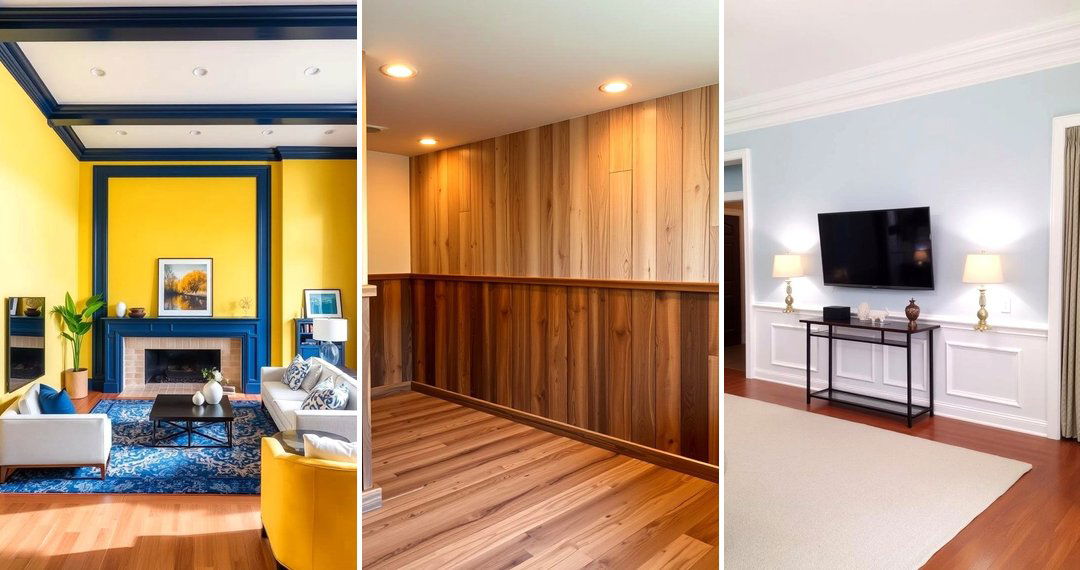Embracing the beauty of imperfection and the transient nature of life, Wabi Sabi interior design offers a refreshing departure from the pursuit of flawless perfection. This Japanese philosophy finds beauty in the natural aging process, the unique character of handmade objects, and the inherent simplicity of unadorned spaces. It's about creating a home that feels authentic, lived-in, and deeply connected to the natural world, fostering a sense of calm and contentment. Discover how to infuse your living spaces with the serene and grounding essence of these 24 Wabi Sabi interior design ideas.
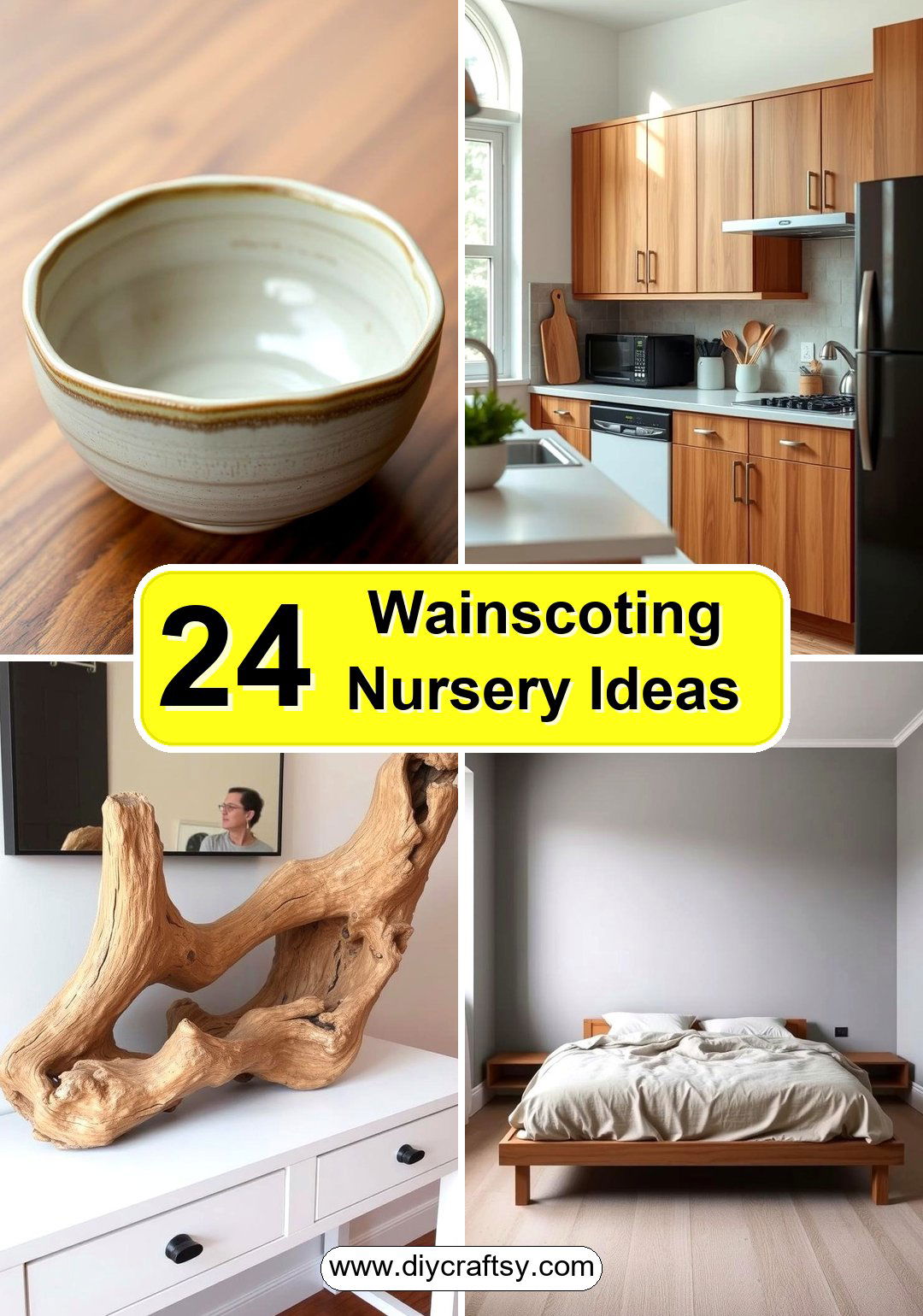
1. Embrace Asymmetrical Arrangements
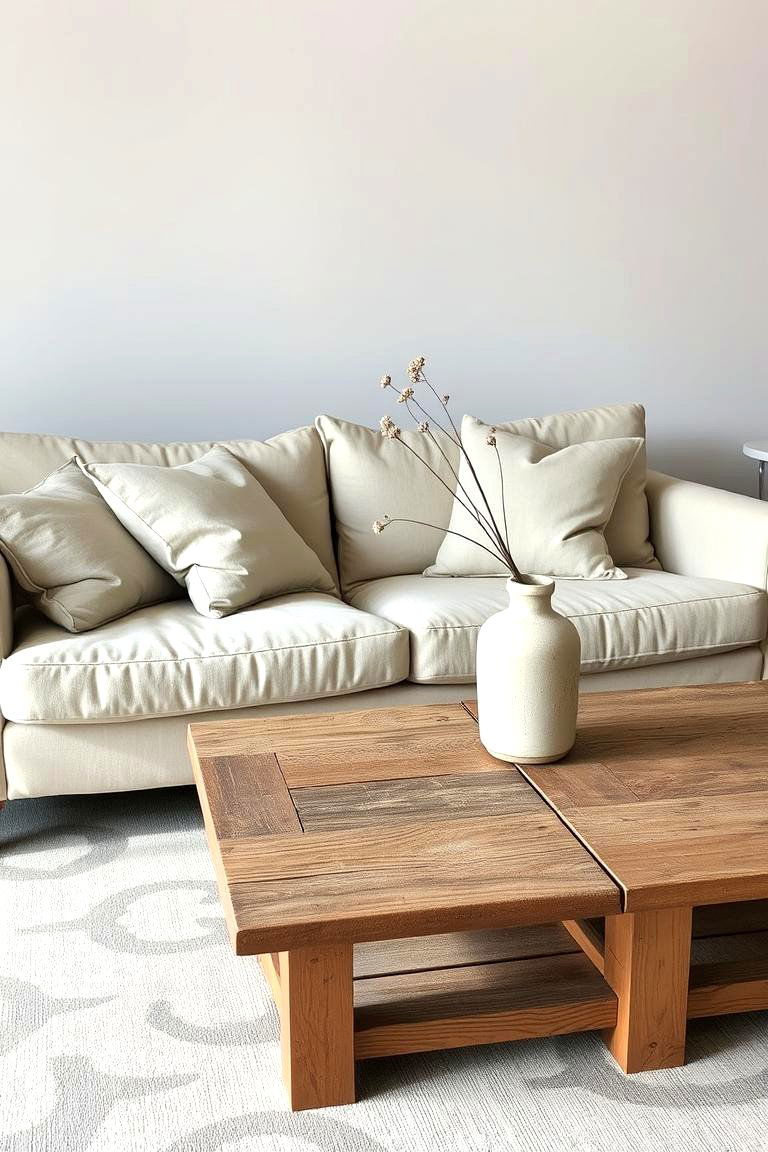
Consider the inherent beauty found in asymmetry. Unlike perfectly balanced designs, Wabi Sabi celebrates the charm of the slightly off-kilter. This approach encourages a more natural and organic feel within a space. By intentionally placing objects in an asymmetrical manner, you can create visual interest and a sense of movement. This might involve arranging cushions unevenly on a sofa or displaying artwork at varying heights. The key benefit lies in fostering a relaxed and less formal atmosphere, allowing the eye to wander and discover unique details rather than being confined by rigid symmetry.
2. Utilize Natural, Unrefined Materials
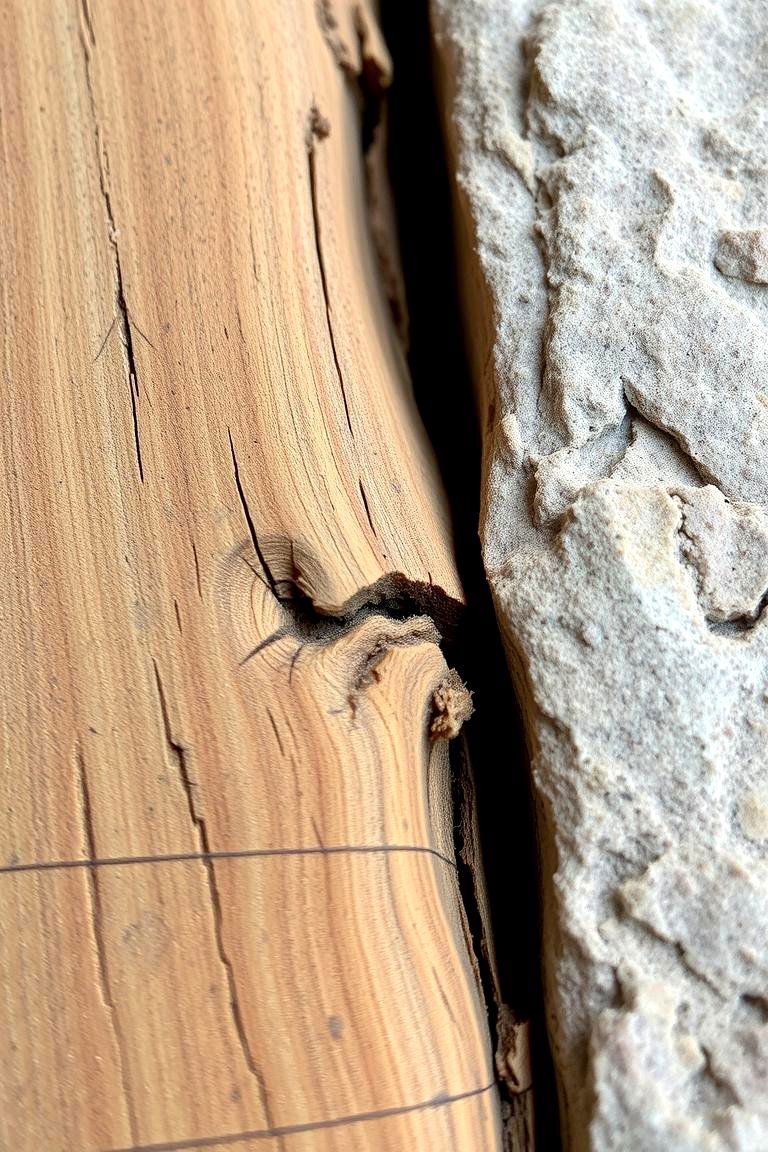
One core tenet of Wabi Sabi design involves the embrace of natural materials in their raw and unrefined state. Think of the beauty in unfinished wood, roughly textured stone, or hand-thrown pottery with slight variations in form. These materials bring an inherent sense of authenticity and connection to nature indoors. The practical advantage of using such materials is their durability and the unique patina they develop over time, adding character to your space. By selecting materials that showcase their natural imperfections, you are celebrating the inherent beauty of the earth.
3. Incorporate Found Objects and Repurposed Items
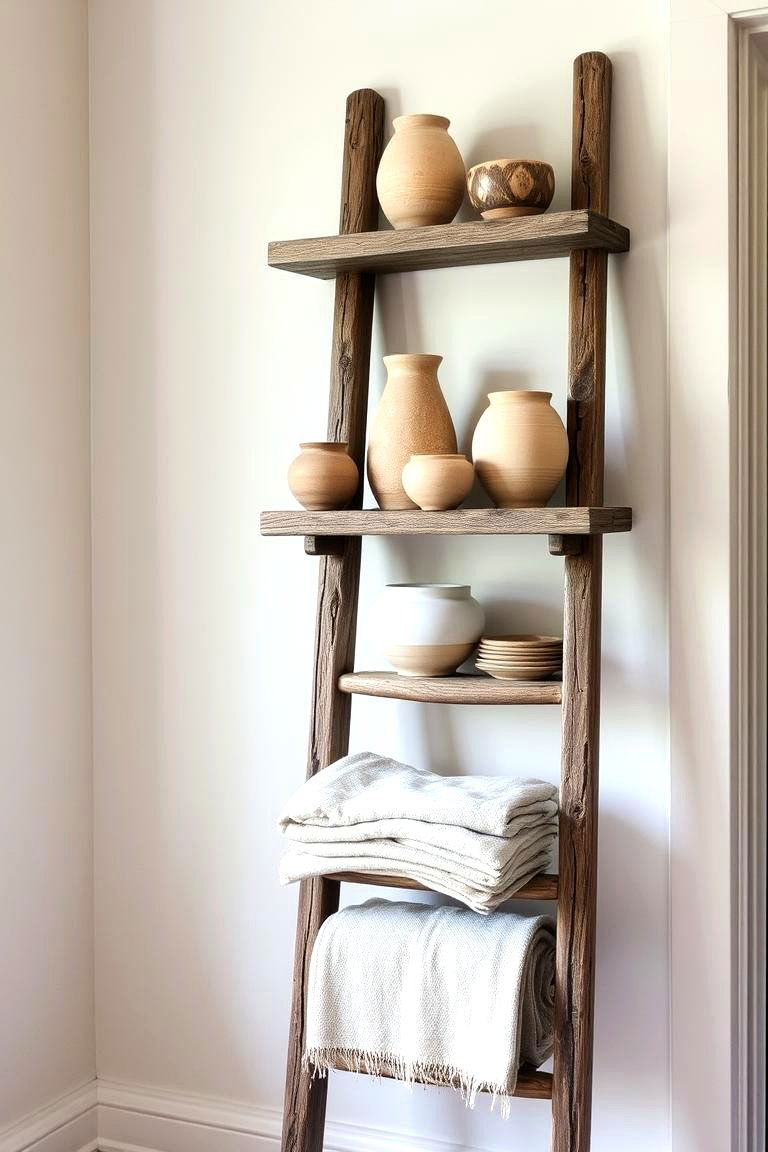
What if you could infuse your home with history and personality? Wabi Sabi design strongly encourages the integration of found objects and repurposed items. These pieces often carry stories and a sense of time, adding depth and character to your interior. Consider using an old wooden ladder as a unique shelving unit or transforming vintage textiles into decorative throws. The key benefit here is sustainability and the creation of a truly one-of-a-kind space that reflects your personal journey and appreciation for the past.
4. Highlight the Beauty of Aged Textures

The passage of time leaves its mark, and Wabi Sabi design finds profound beauty in these natural transformations. Take, for instance, the subtle cracks in aged plaster, the faded hues of vintage rugs, or the worn surfaces of antique furniture. These textures tell a story and add a layer of visual richness that perfectly pristine items cannot replicate. The practical value lies in the fact that you don't need to strive for a brand-new look; instead, you can appreciate the inherent beauty in the aging process, creating a space that feels comfortable and lived-in.
5. Feature Handmade or Artisanal Pieces
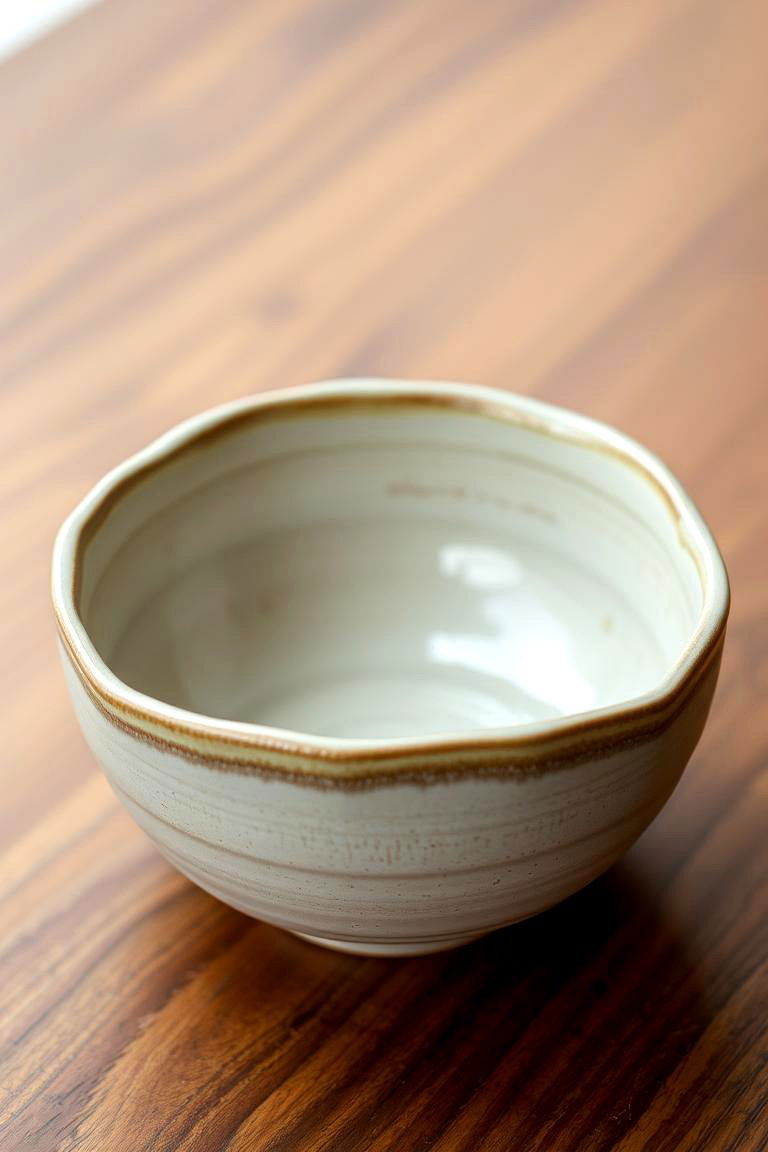
Bringing handcrafted items into your interior is a beautiful way to embody the spirit of Wabi Sabi. These pieces, created with intention and skill, often showcase slight variations and imperfections that highlight the human touch. Consider a hand-potted ceramic vase, a woven wall hanging, or a piece of uniquely carved wood. The key benefit is the infusion of warmth, authenticity, and a connection to the artisan's craft. These pieces often become cherished focal points, adding a personal and soulful element to your Wabi Sabi design.
6. Keep the Color Palette Muted and Earthy
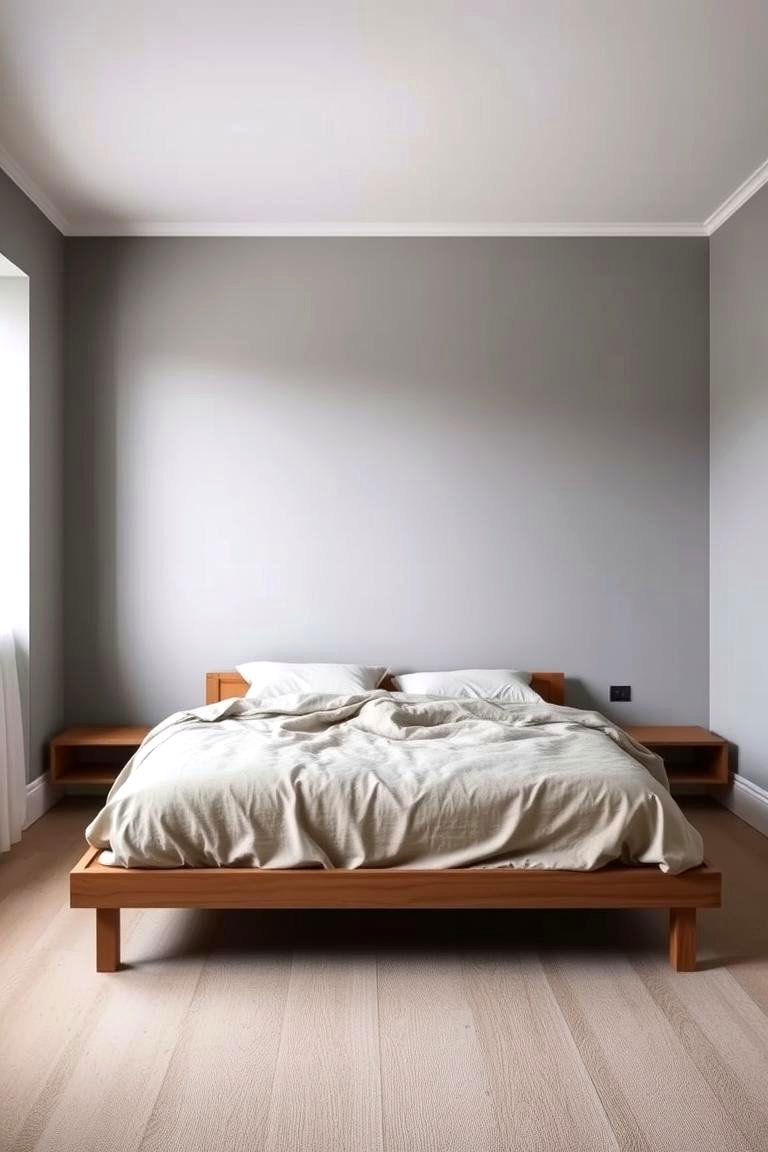
For a truly Wabi Sabi aesthetic, consider a color palette inspired by the natural world. Think of soft grays, warm beiges, muted greens, and earthy browns. These tones create a sense of tranquility and allow the natural textures and forms within the space to take center stage. The practical advantage of a muted palette is its calming effect, promoting a sense of peace and serenity within the home. By avoiding bright or overly stimulating colors, you create an environment that feels grounded and harmonious.
7. Maximize Natural Light
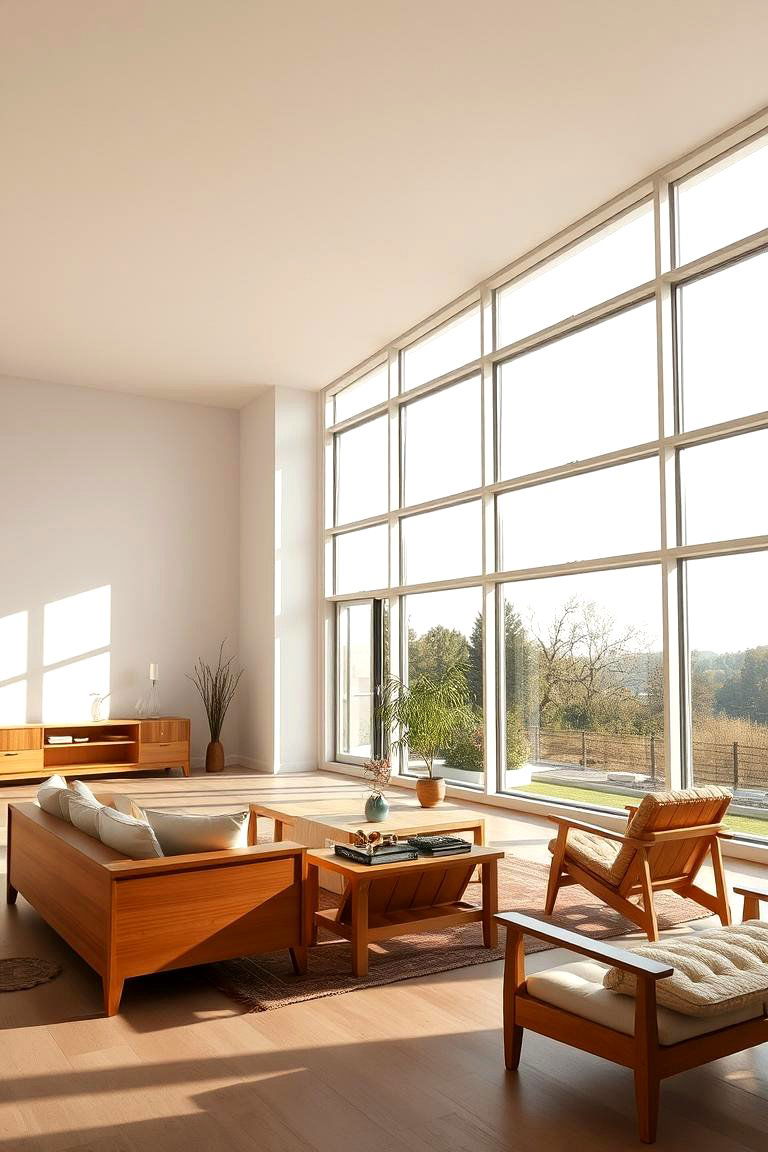
What if your home could feel brighter and more connected to the outdoors? Wabi Sabi design emphasizes the importance of natural light. Large windows, sheer curtains, and strategically placed mirrors can help to flood your space with soft, diffused daylight. The key benefit is not only the aesthetic appeal but also the positive impact on well-being, as natural light has been shown to improve mood and productivity. Embrace the way sunlight interacts with the textures and materials in your Wabi Sabi interior.
8. Minimize Clutter and Ornamentation
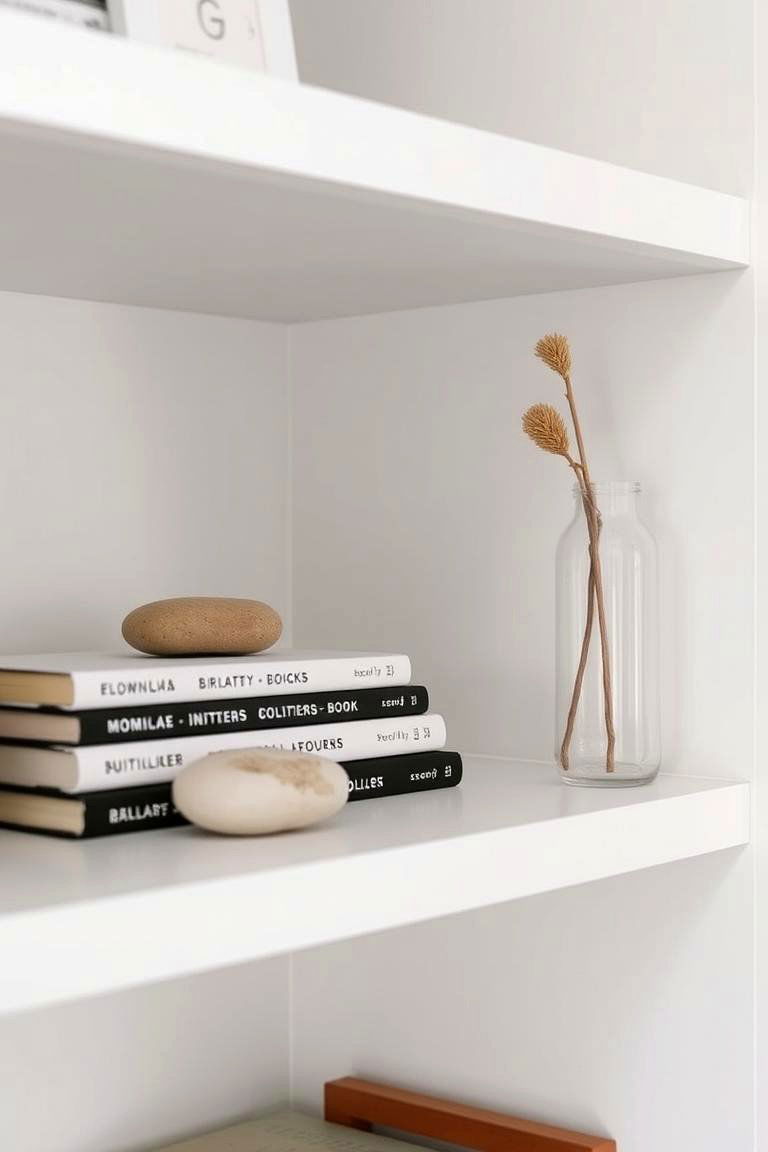
In the pursuit of simplicity, Wabi Sabi design encourages a mindful approach to possessions. Consider decluttering your space, keeping only items that are truly necessary or bring you joy. Ornamentation is kept to a minimum, allowing the inherent beauty of the remaining objects and the space itself to shine through. The practical advantage of this approach is a more organized and peaceful environment, free from distractions. By embracing minimalism, you create a space that feels calm and uncluttered, promoting mental clarity.
9. Showcase the Natural Form of Materials
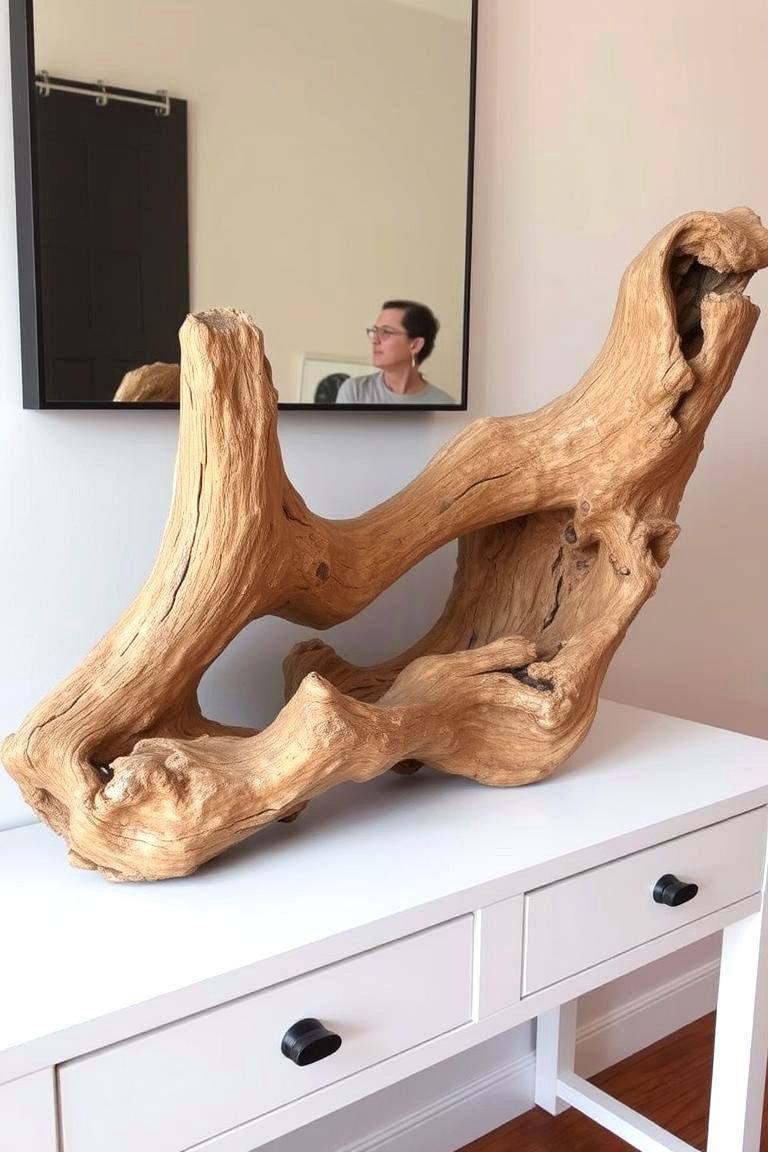
Another key aspect of Wabi Sabi is the appreciation for the inherent form of natural materials. Instead of heavily manipulating or concealing their original shape, consider showcasing their natural contours and textures. For instance, a piece of driftwood might be displayed as a sculptural element, or a stone countertop might retain its organic edges. The key benefit lies in celebrating the unique beauty that nature provides, adding an element of raw authenticity to your interior.
10. Incorporate Plants and Natural Elements
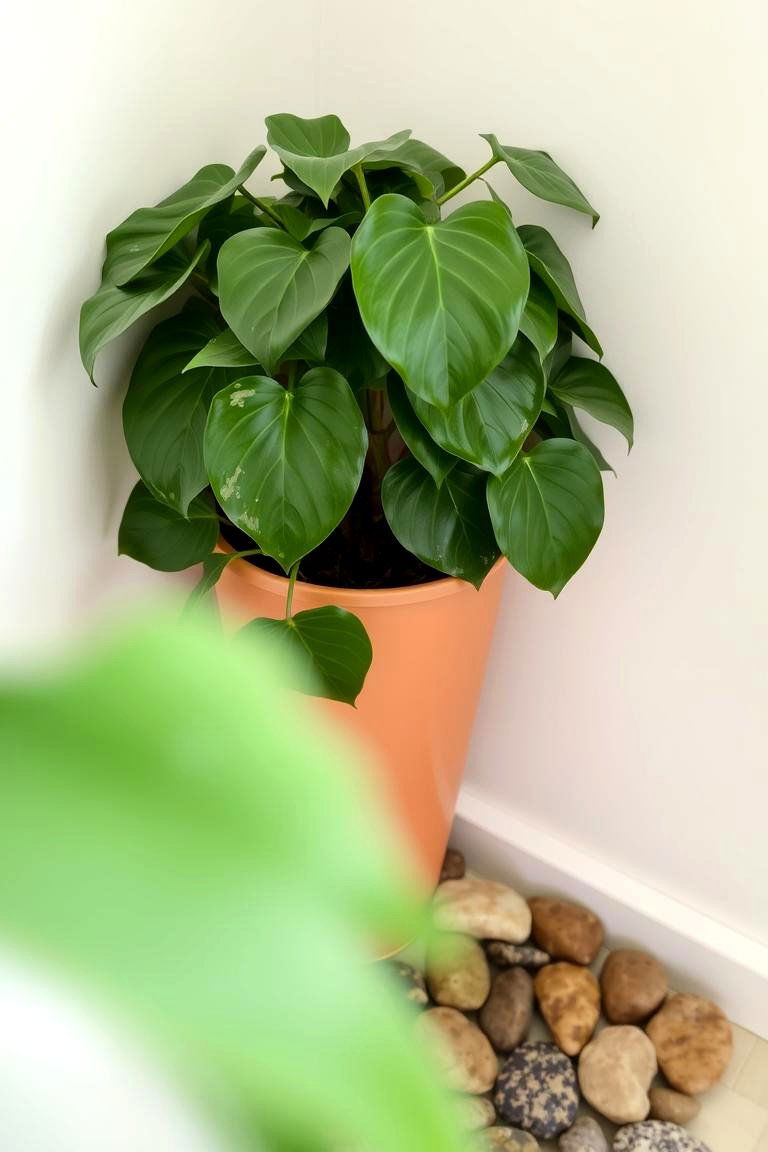
Bringing the outdoors in is essential to Wabi Sabi design. Consider incorporating potted plants, branches, stones, or other natural elements into your décor. These additions not only enhance the aesthetic appeal but also create a connection with the natural world, promoting a sense of well-being. The practical advantage is the introduction of fresh air and a touch of organic vitality to your living space. Embrace the subtle beauty and calming presence of nature within your Wabi Sabi home.
11. Leave Imperfections Visible
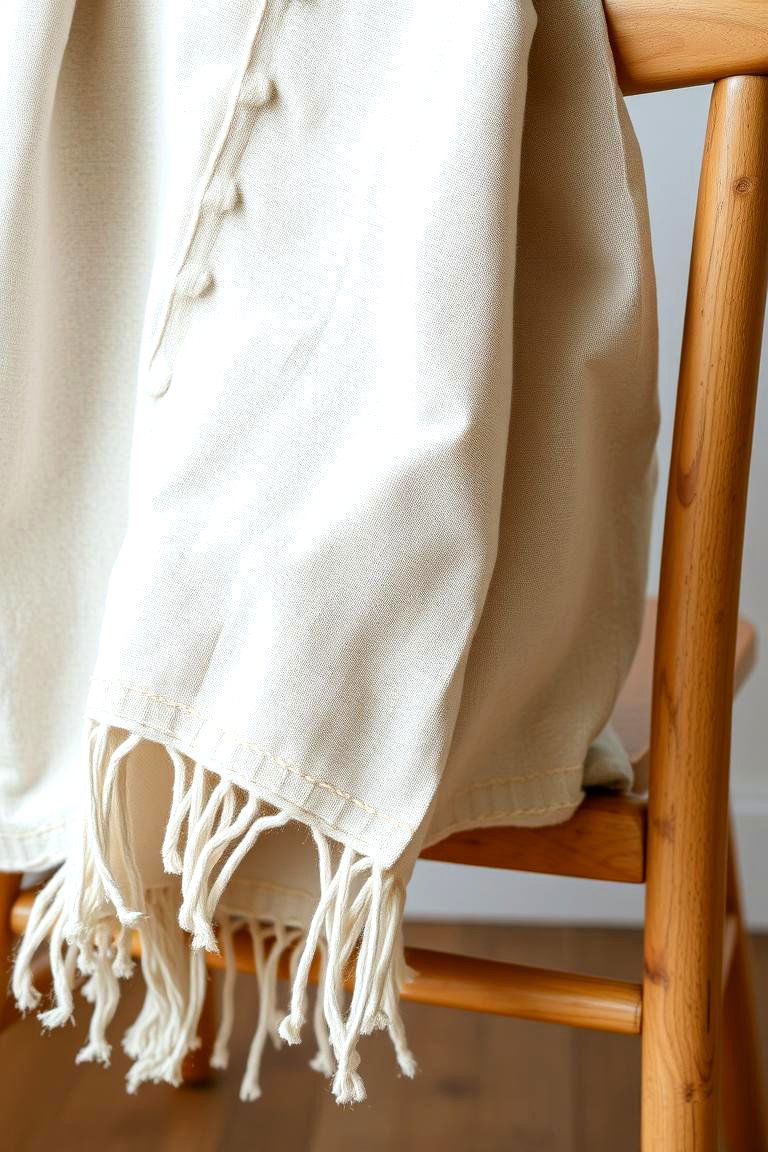
What if flaws could be seen as beautiful? Wabi Sabi embraces the idea that imperfections are part of the natural cycle of life and can add character to objects and spaces. Instead of striving for flawless perfection, consider leaving minor imperfections visible, such as the seams in handmade textiles or the knots in natural wood. The key benefit is a shift in perspective, allowing you to appreciate the unique story and history behind each element in your interior.
12. Create a Sense of Tranquility and Calm
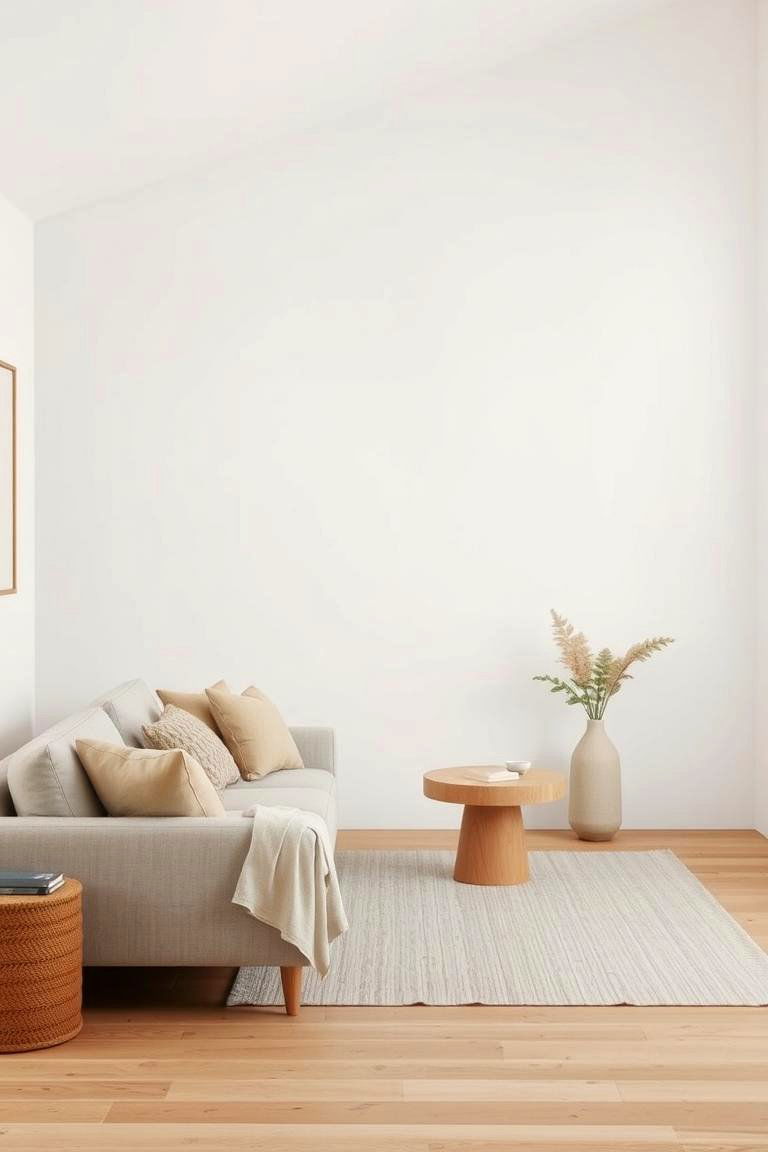
The ultimate goal of Wabi Sabi interior design is to create a space that fosters a sense of tranquility and calm. This is achieved through the use of natural materials, muted colors, minimal clutter, and an overall emphasis on simplicity. The practical advantage is the creation of a sanctuary where you can relax, unwind, and find respite from the stresses of daily life. By prioritizing serenity, your home becomes a haven of peace and well-being.
13. Focus on Functionality and Practicality
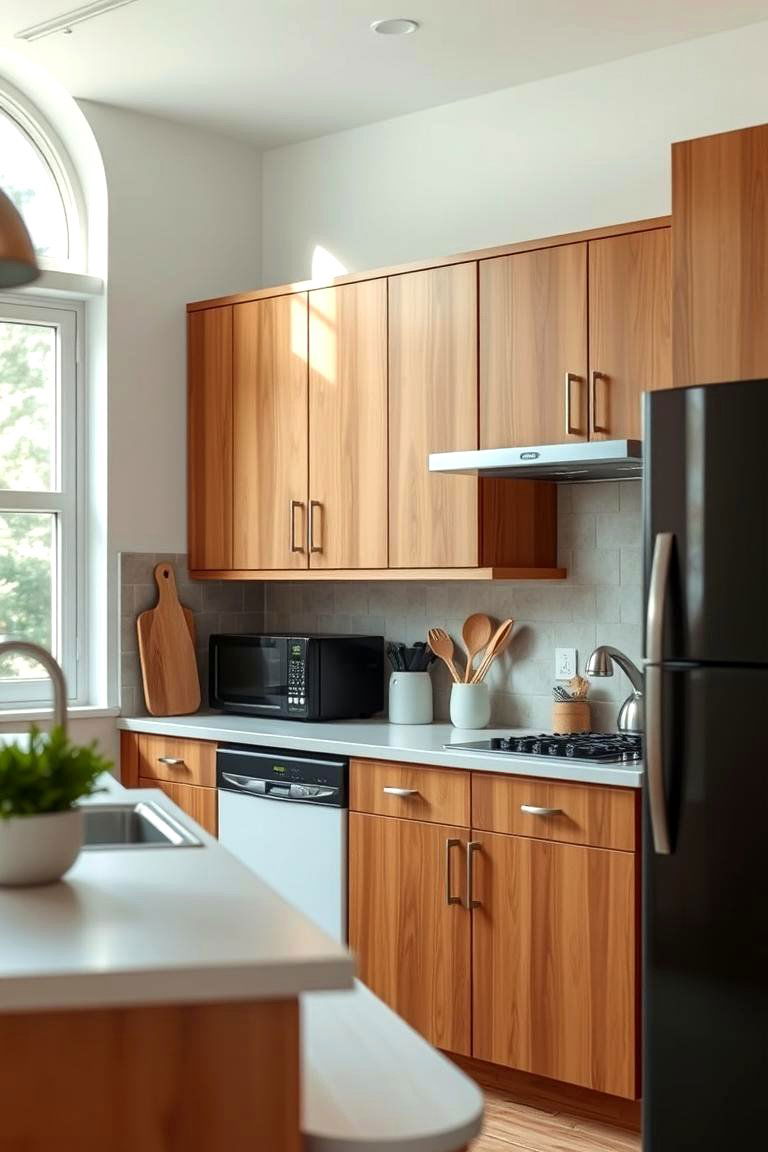
While aesthetics are important, Wabi Sabi design also prioritizes functionality and practicality. Each element within the space should serve a purpose and contribute to the overall usability of the area. Avoid unnecessary decorative items that do not enhance the functionality of the room. The key benefit is a space that is not only beautiful but also highly livable and efficient. By focusing on what is essential, you create an interior that supports your daily life in a meaningful way.
14. Use Simple, Unadorned Textiles
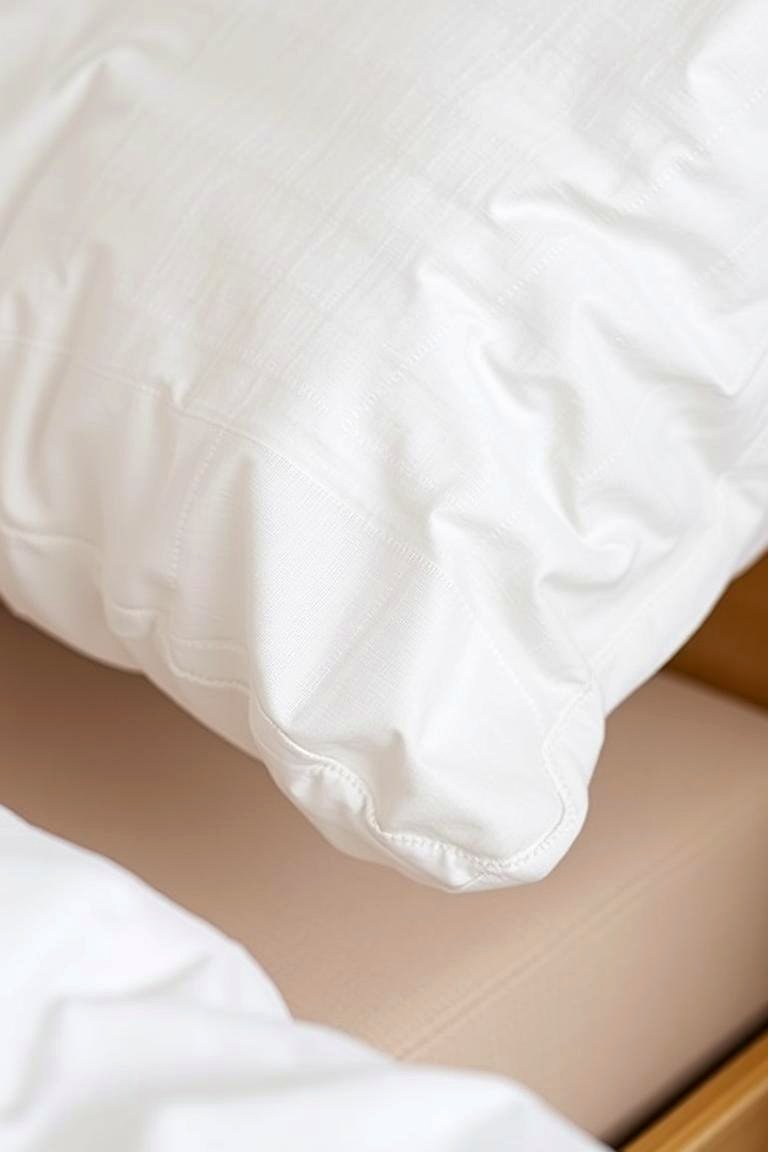
When it comes to textiles, Wabi Sabi design favors simple, unadorned options made from natural fibers like linen, cotton, or wool. Avoid overly patterned or embellished fabrics. The focus is on texture and the inherent beauty of the material itself. The practical advantage is the comfort and breathability of natural textiles, creating a cozy and inviting atmosphere. Embrace the understated elegance of simple fabrics in your Wabi Sabi interior.
15. Allow for the Passage of Time to Be Evident
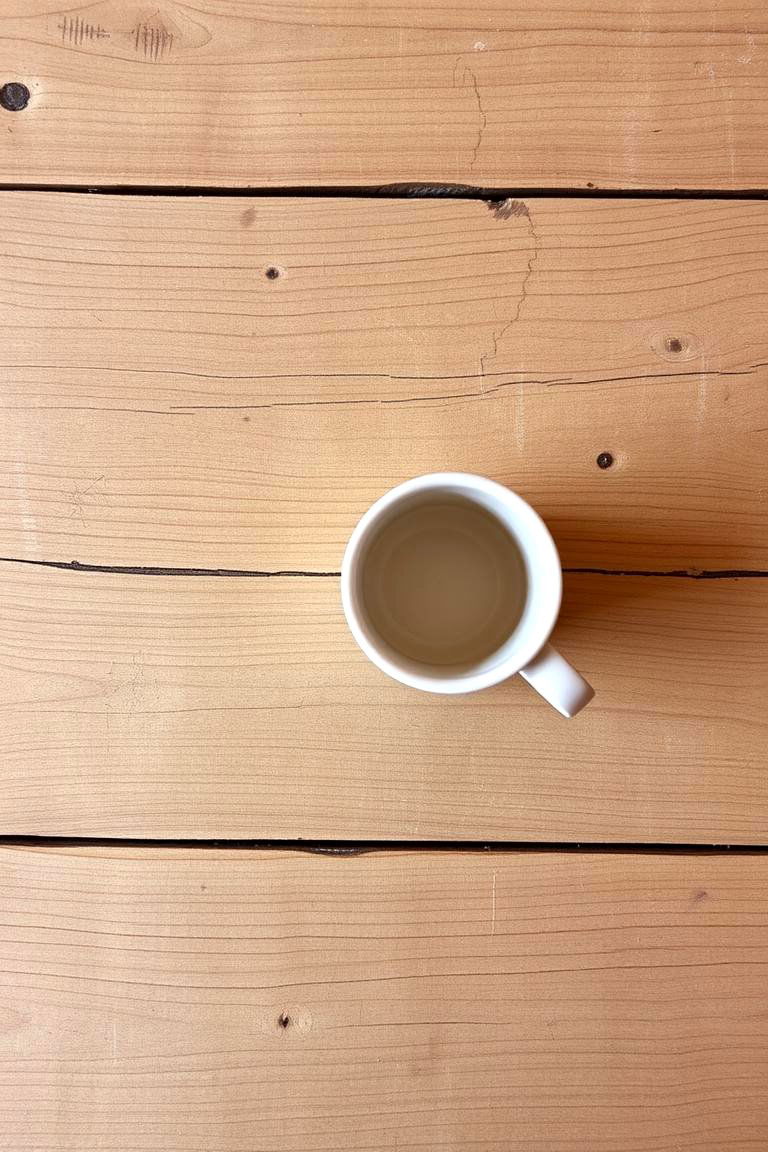
Wabi Sabi design recognizes and appreciates the natural progression of time. Instead of constantly striving to maintain a pristine and unchanging environment, allow for the gentle signs of aging to become part of the aesthetic. This might involve the gradual fading of colors or the development of a natural patina on surfaces. The key benefit is a more relaxed and accepting approach to your home, recognizing that change is a natural and beautiful process.
16. Create Quiet, Contemplative Spaces
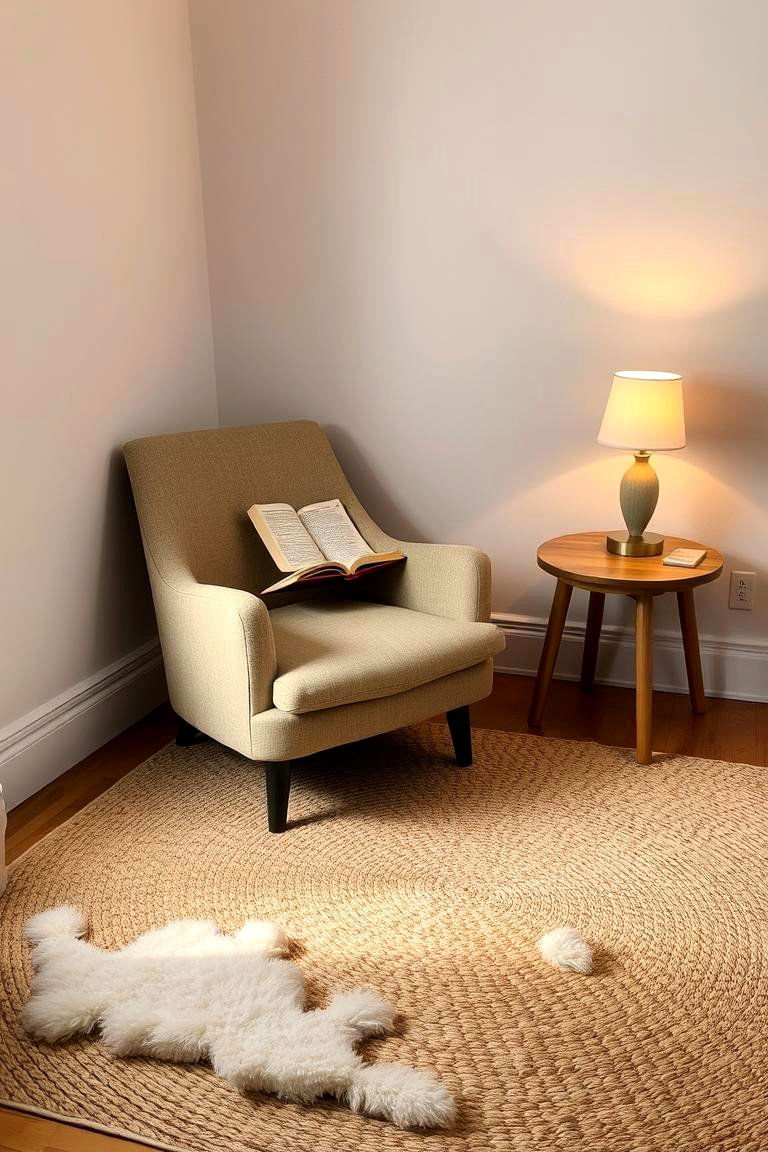
Consider designating areas within your home for quiet contemplation. This could be a simple reading nook with a comfortable chair and soft lighting, or a minimalist corner with a single plant. The goal is to create spaces that encourage introspection and a connection with your inner self. The practical advantage is the provision of dedicated areas for relaxation and mindfulness, promoting mental well-being and a sense of inner peace.
17. Value the Story Behind Each Object

In Wabi Sabi design, the story and history behind an object are often valued as much as its aesthetic appearance. Consider incorporating items that have sentimental value or that you have acquired through meaningful experiences. These pieces add a personal touch and create a deeper connection to your surroundings. The key benefit is the creation of a home that truly reflects your unique journey and values.
18. Embrace the Beauty of Negative Space
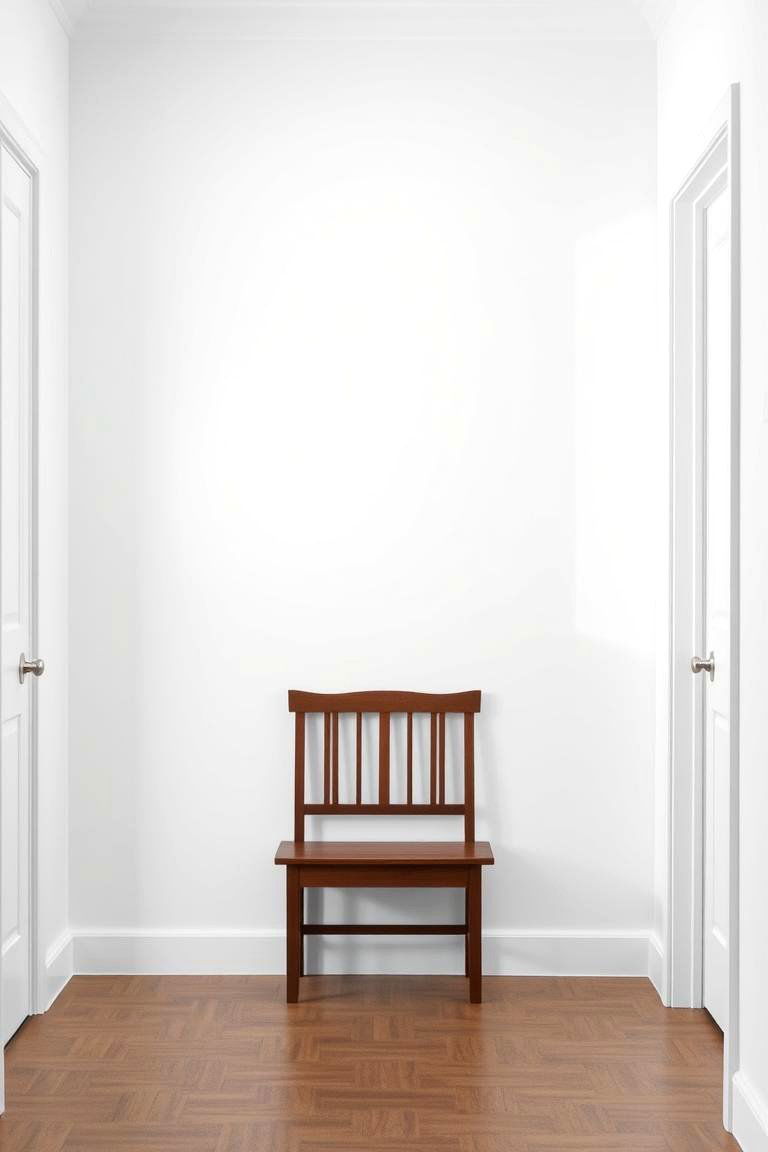
Just as important as the objects you include in your Wabi Sabi interior is the space you leave empty. Negative space, or the absence of objects, allows the remaining elements to breathe and be appreciated. It creates a sense of visual calm and prevents the space from feeling cluttered or overwhelming. The practical advantage is a more serene and balanced environment that promotes a sense of spaciousness and tranquility.
19. Use Organic Shapes and Forms
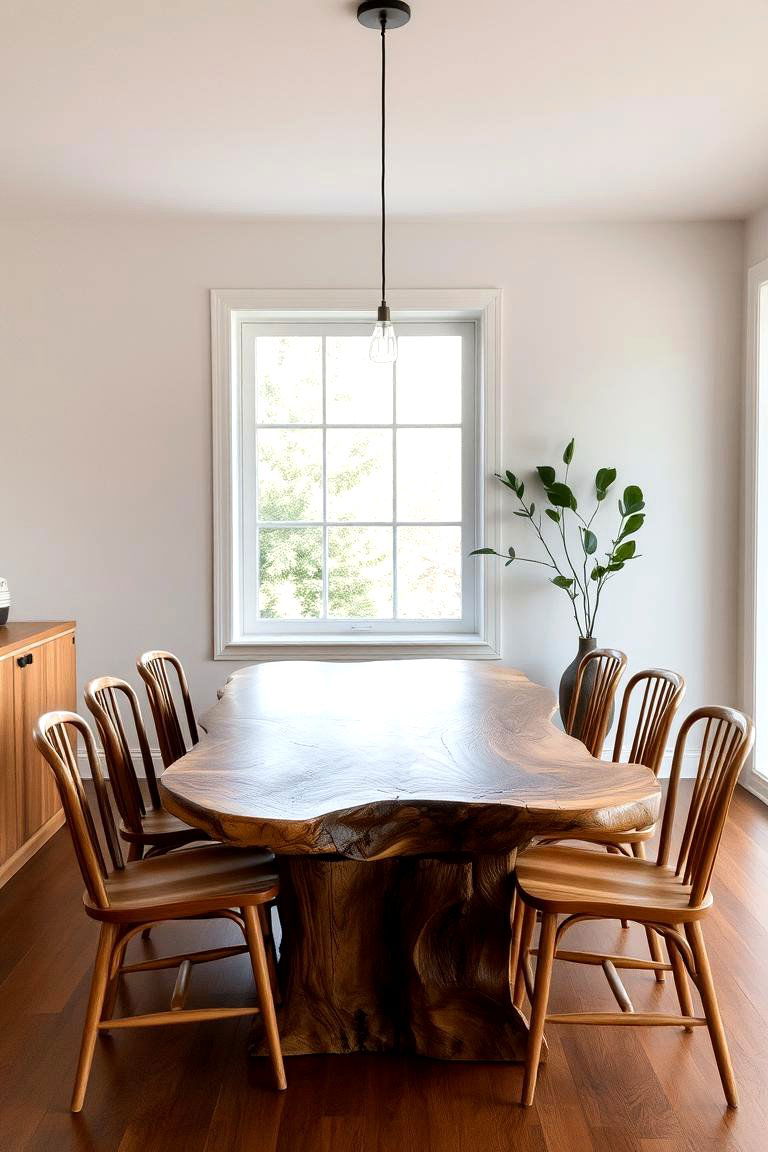
Incorporate furniture and decorative objects with organic shapes and forms that mimic those found in nature. Avoid sharp angles and overly geometric designs. The gentle curves and natural lines of organic shapes contribute to the overall sense of harmony and flow within a Wabi Sabi interior. The key benefit is a space that feels more natural and inviting, fostering a connection with the organic world.
20. Incorporate Natural Scents and Sounds
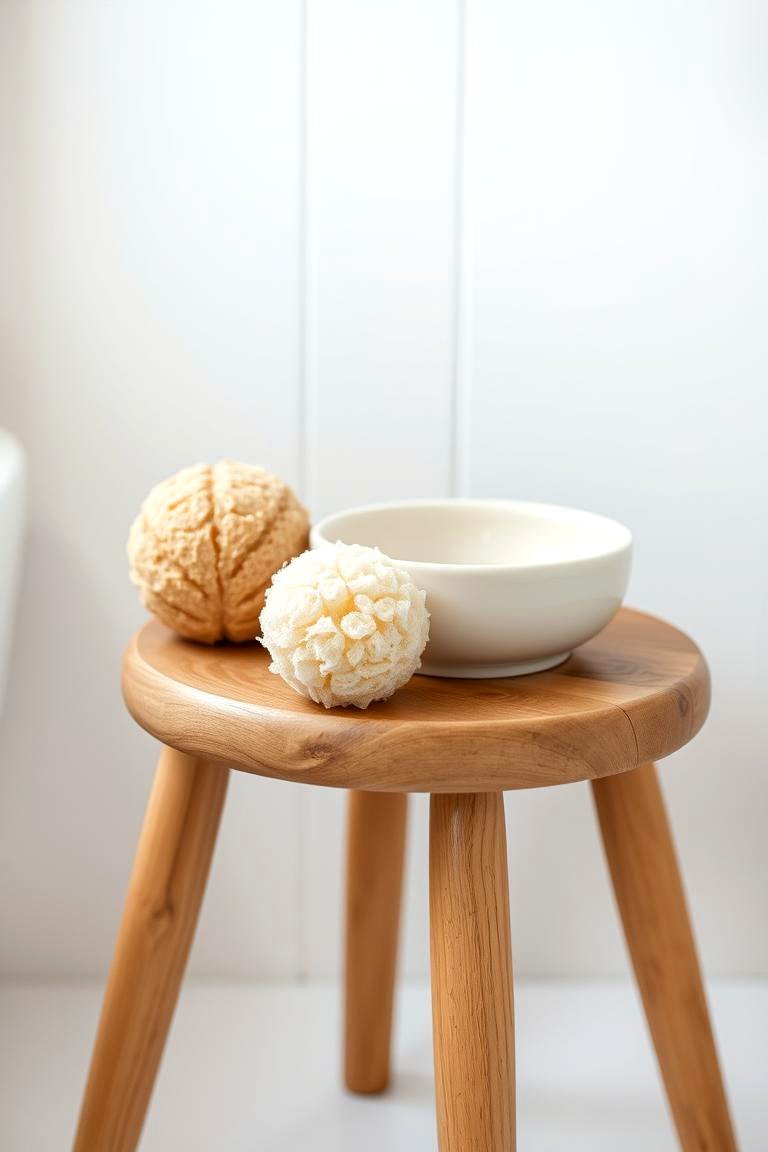
Engage all your senses in your Wabi Sabi design by incorporating natural scents and sounds. Consider using essential oil diffusers with calming scents like lavender or sandalwood, or simply open windows to allow for natural airflow and the sounds of nature. The practical advantage is the creation of a multi-sensory environment that promotes relaxation and well-being.
21. Design for Comfort and Well-being
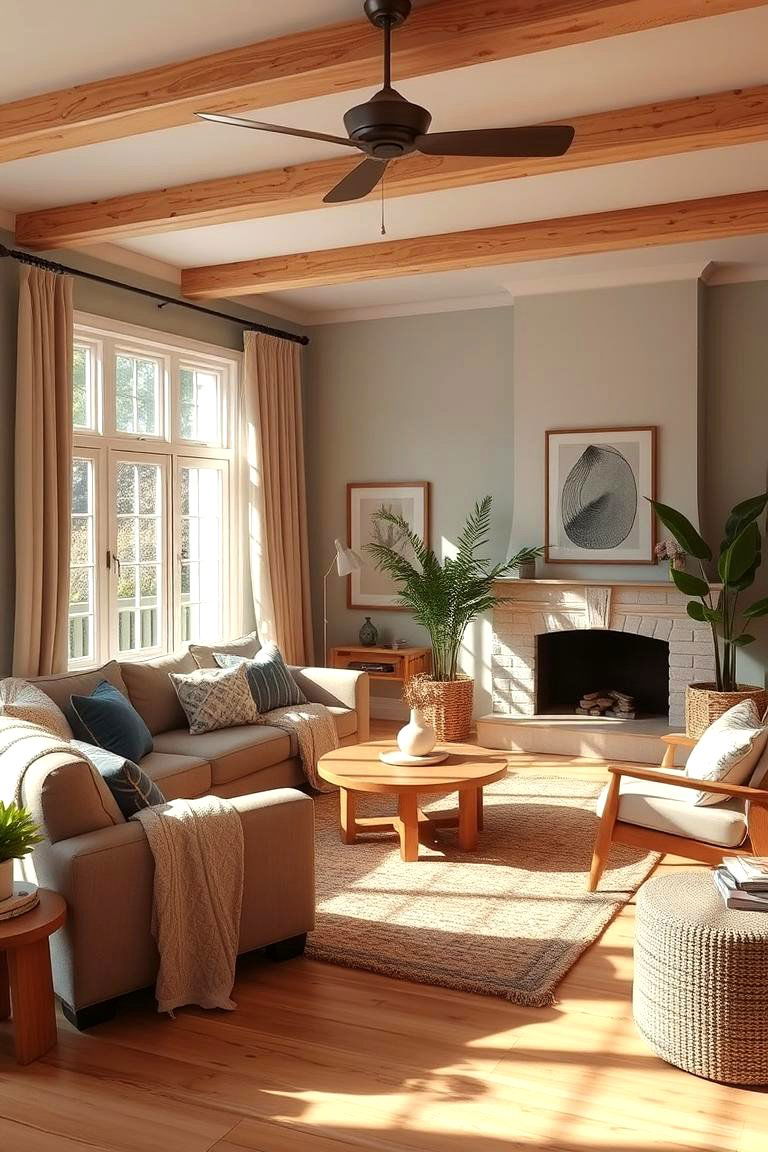
Ultimately, Wabi Sabi interior design prioritizes comfort and well-being. The focus is on creating a space that feels nurturing and supportive, promoting a sense of ease and relaxation. Consider the tactile qualities of materials, the comfort of seating, and the overall flow of the space. The key benefit is a home that truly feels like a sanctuary, enhancing your physical and mental well-being.
22. Celebrate the Beauty of the Mundane
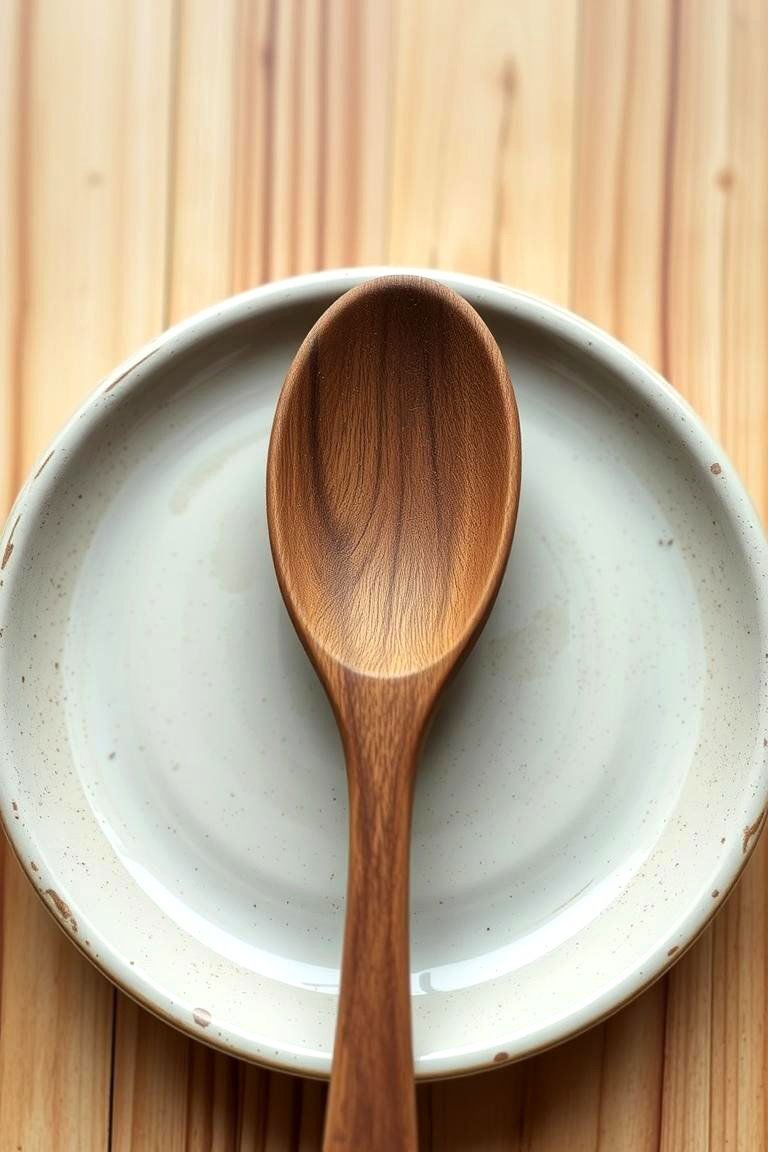
Wabi Sabi encourages us to find beauty in the everyday and the seemingly ordinary. This might involve appreciating the simple elegance of a well-worn wooden bowl or the subtle patterns in a piece of natural stone. By shifting our perspective, we can find joy and contentment in the simple things that surround us. The practical advantage is a greater appreciation for our existing possessions and a reduction in the desire for constant acquisition.
23. Foster a Connection with Nature
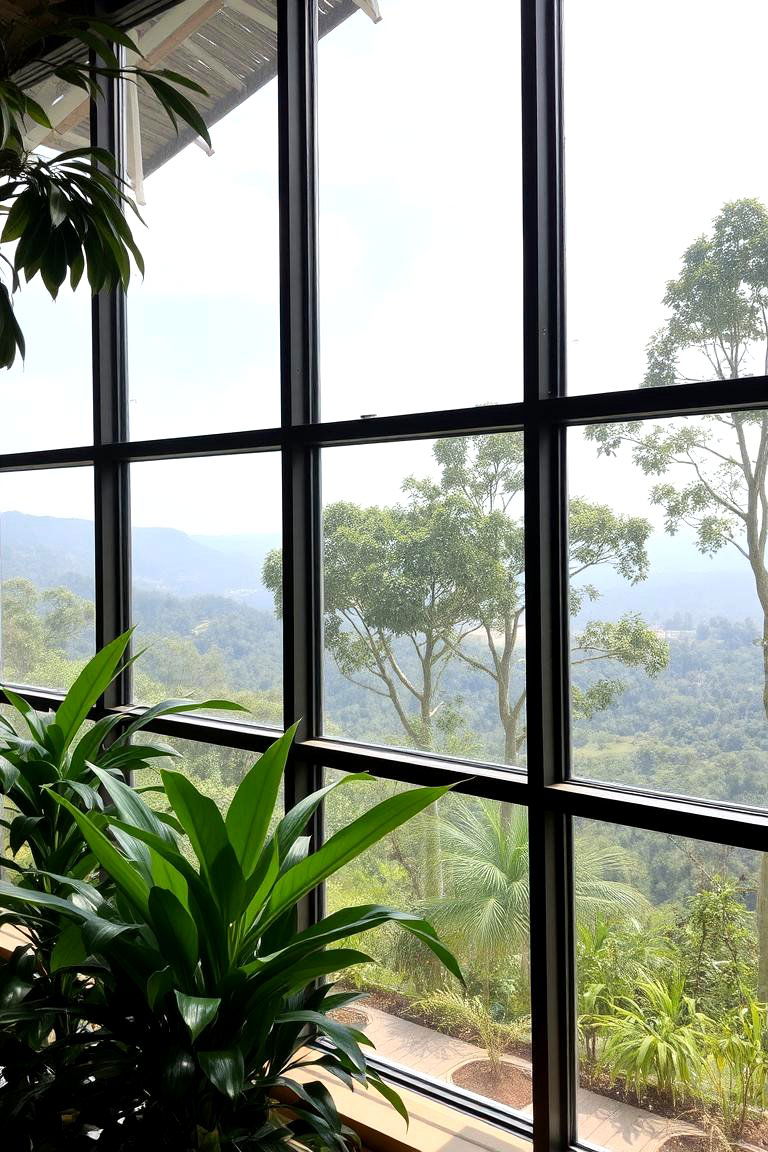
A deep connection with the natural world is at the heart of Wabi Sabi design. Incorporating natural materials, plants, and earthy tones helps to bridge the gap between the indoors and outdoors. Consider views of nature from windows and the use of natural light to further enhance this connection. The key benefit is a greater sense of grounding and well-being that comes from feeling connected to the natural environment.
24. Encourage Mindful Living
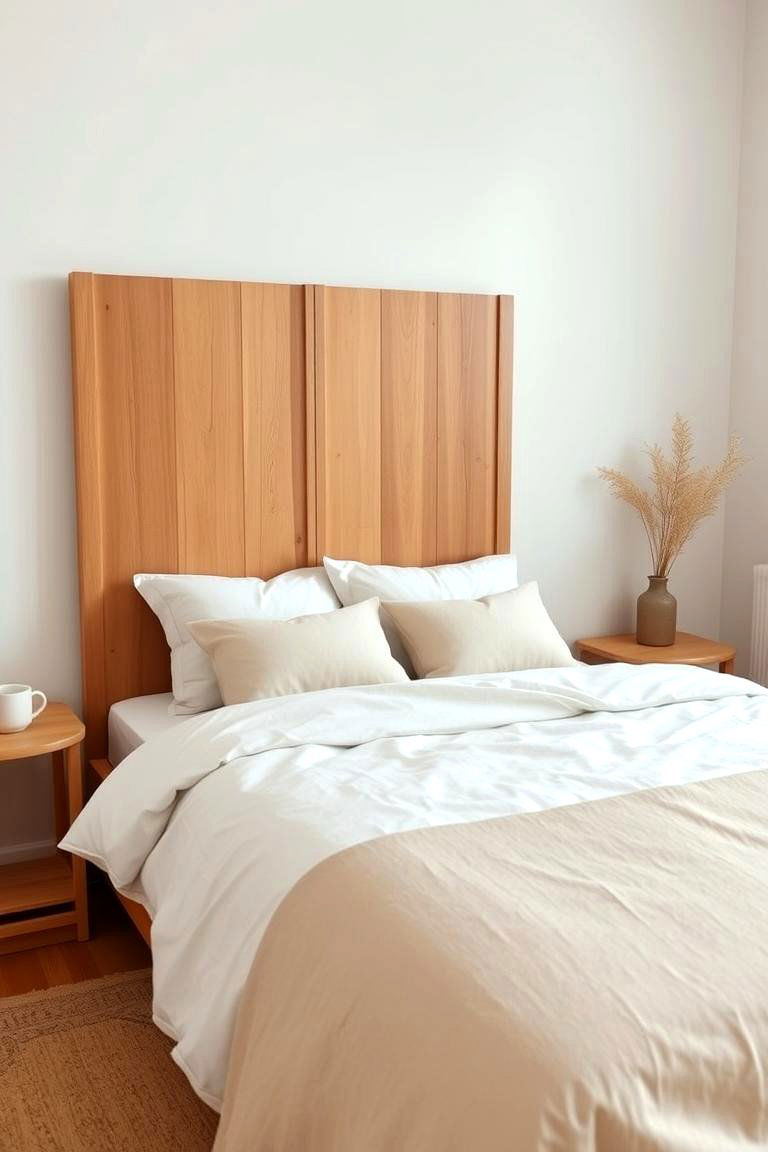
Finally, Wabi Sabi interior design promotes a more mindful way of living. The emphasis on simplicity, natural materials, and the appreciation of imperfections encourages us to slow down, be present, and find beauty in the moment. The practical advantage is a home environment that supports a more intentional and fulfilling way of life. By embracing Wabi Sabi principles, you can create a space that nurtures your mind, body, and spirit.
Conclusion:
In essence, the beauty of 24 Wabi Sabi interior design ideas lies in their profound simplicity and deep connection to the natural world. This design philosophy invites us to embrace imperfection, appreciate the beauty of aging, and find contentment in the unadorned. By focusing on natural materials, muted palettes, and the inherent charm of handmade and repurposed items, you can cultivate a home that exudes tranquility and authenticity. These Wabi Sabi interior design ideas offer a pathway to creating spaces that are not only aesthetically pleasing but also deeply nourishing for the soul.


